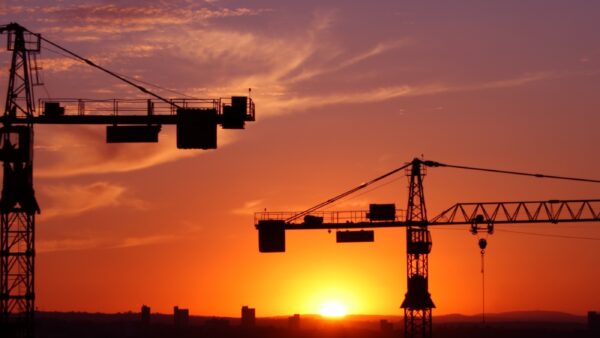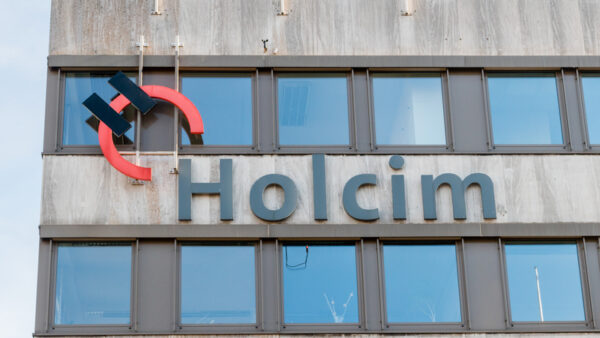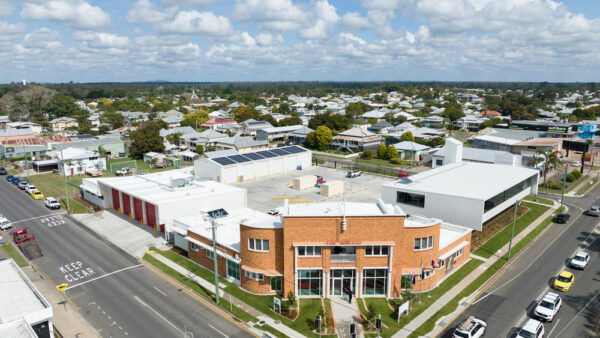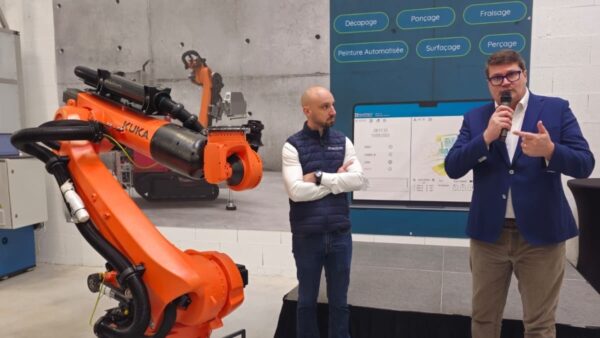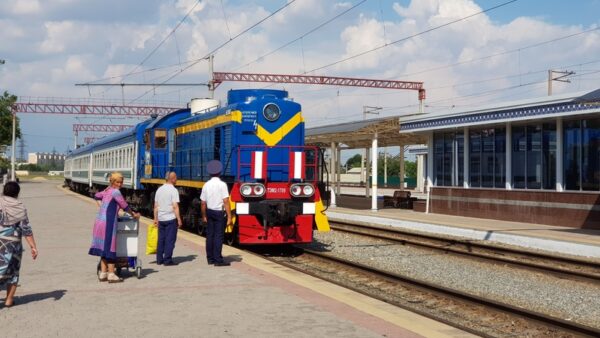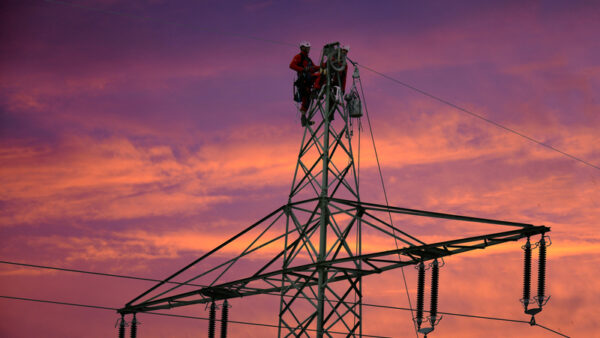Toyota Motor broke ground yesterday on the 71ha futuristic city, designed by Danish architect Bjarke Ingels, at the foot of Mount Fuji.
The plan, announced in January last year (see further reading), envisages a hydrogen-powered quarter housing 2,000 people that will be a living laboratory for autonomous vehicles, artificial intelligence, smart home tech, robotics and novel mobility products.
“Woven City” – a nod to Toyota’s origin as a loom maker – will be added to Susono City in Shizuoka Prefecture, about 60km west of Tokyo. It will have three classes of streets: one for automated driving, another for pedestrians and a third for users of personal mobility devices. A fourth type, for autonomous delivery vehicles, will run underground.
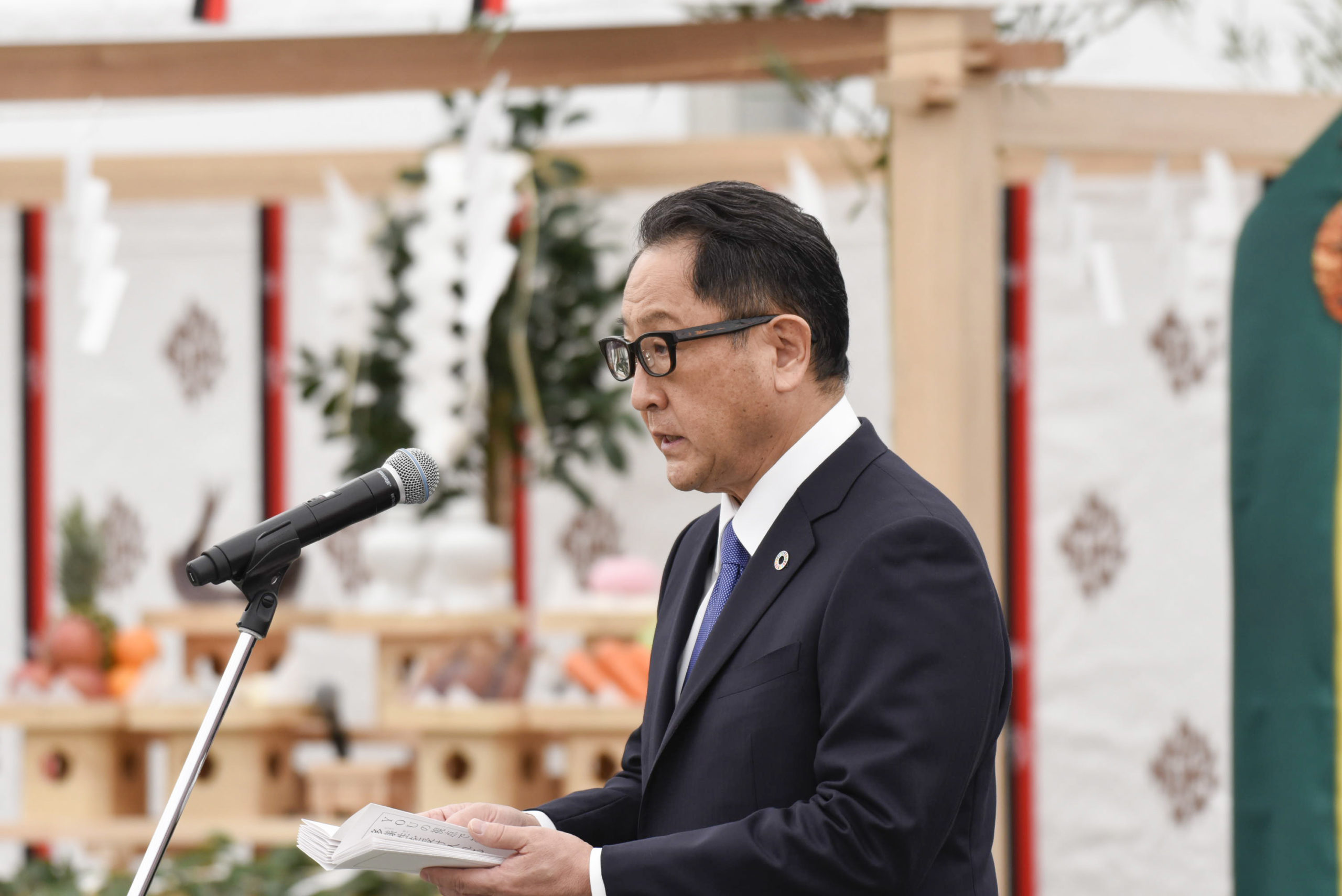
Akio Toyoda, president of Toyota, speaking at the groundbreaking ceremony (Toyota)
The ground breaking ceremony was held by Heita Kawakatsu and governor of the Prefecture, Kenji Takamura, mayor of Susono City. Guests included Toyota president Akio Toyoda and James Kuffner, chief executive of Woven Planet, Toyota’s division for new mobility products.
Toyoda commented: “Taking action as one has decided is never an easy task. I must express my deepest gratitude to all who have provided their whole-hearted support and cooperation to the project through today.
“The unwavering themes of the Woven City are ‘human-centered’, ‘a living laboratory’ and ‘ever-evolving’. Together with the support of our project partners, we will take on the challenge of creating a future where people of diverse backgrounds are able to live happily.”
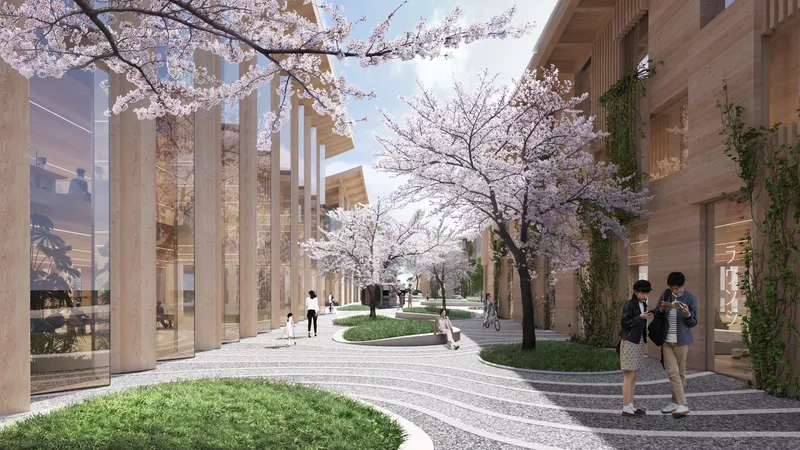
The city will weave together different types of street for different kinds of transport (Bjarke Ingels)
The city is being built on the site of a former Toyota plant that closed after 53 years of operation at the end of last year. The Higashi-Fuji plant employed a total of 7,000 people.
Woven Alpha, a unit of Woven Planet, will handle the development. Partners include Nippon Telegraph and Telephone. Toyota and NTT agreed to a capital and business tie-up in 2020, aiming to build a smart-city platform that could later be exported to other countries.
Top image: Render of the Bjarke Ingels-designed Woven City (Toyota)
Further reading:

